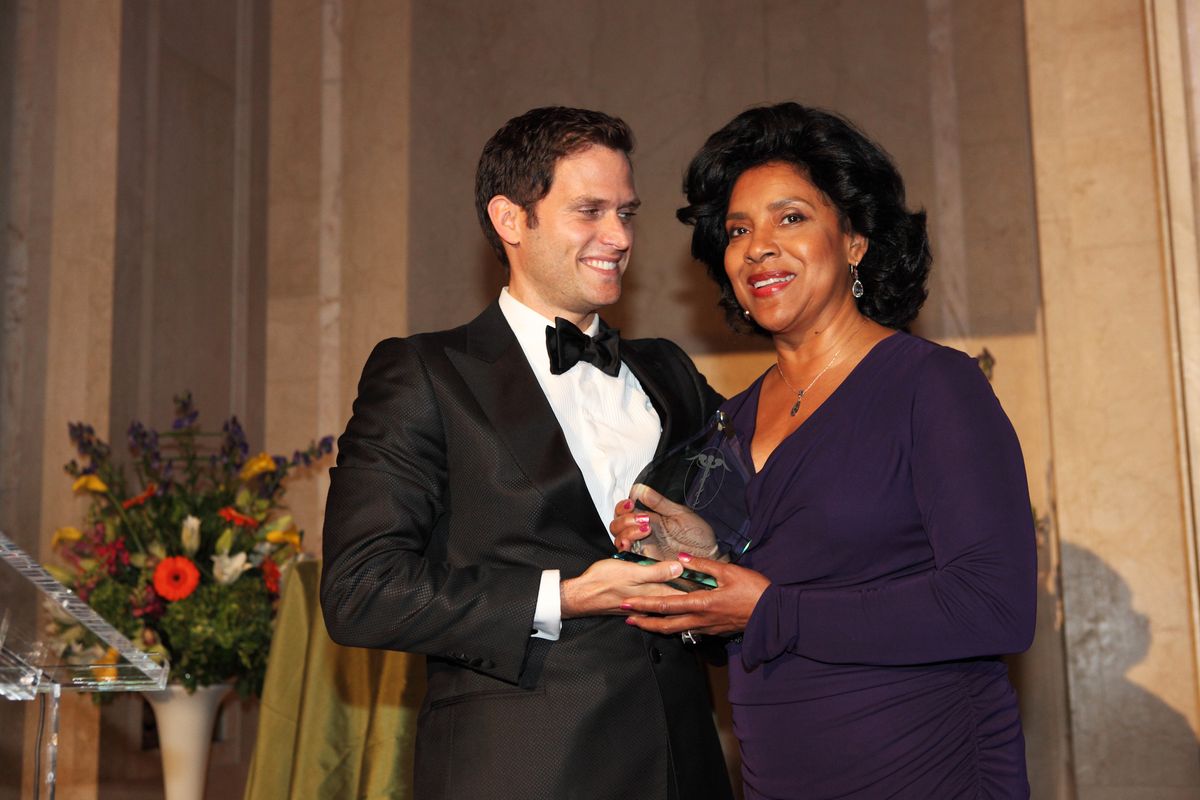Small screen, big troubles
Television networks finding it harder to draw conventional audiences

You could call this the winter of their discontent – but they (ABC, CBS, NBC and Fox) probably would use other words, none printable here. Bluntly speaking, this has been an awful winter for the broadcast networks.
Don’t bother looking for ABC’s much-promoted Anthony Edwards newcomer (“Zero Hour”) – it’s gone. “Red Widow” limped through Sunday’s premiere; CBS’ “Golden Boy” arrived quietly; NBC’s “Do No Harm” was whacked after two outings; even Fox’s “The Following” – which just earned a full season pickup – has slid after a strong start.
What’s going on? I spoke with a few industry experts – including senior executives at the networks who requested anonymity – and these are reasons we came up with for why none of this winter’s new shows have caught on with viewers.
Theory 1: The “new new” paradigm: Fancy talk for how people are watching TV differently, particularly young people (who largely watch streaming content) and boomers (huge DVR users). An example of the new new paradigm – “Zero TV homes,” Nielsen’s term for homes with no TV. There are 5 million of them now, up from 1.27 million only two years ago. These “homes” – usually occupied by young singles – are getting their TV via computer or tablets. They are the trendsetters, and if they aren’t watching new network shows when they launch, then the new shows are instantly in trouble. “Broadcast is old (in terms of viewers), cable is young, online is younger,” says Brad Adgate, senior vice president of Horizon Media, a New York advertising firm. “That pretty much sums up where this is heading.”
Theory 2: It’s the show, stupid. Or put another way, most people don’t want to watch boring, derivative TV anymore. HBO, Showtime, FX, AMC – now Netflix (“House of Cards”) – have spoiled viewers. “You always start with the shows,” says one veteran. “Even here, we can find a million excuses, but at the end of the day if you make something people want to see, they will come, and I think this has been a year where there has not been a lot of compelling new shows on broadcast TV.”
Theory 3: Ferocious competition from dozens of viewing sources has eviscerated the networks’ ability to generate enough “promotional impressions” – industry lingo for tune-in reminders. Simply put, most people don’t even know when a new show is on.
Theory 4: No one knows anything in Hollywood. Shows arrive that you think you’ve seen before – and guess what? You have! Networks recycle ideas all the time, often in the same time periods. “There’s a lack of historical perspective” says an exec. “We’re the ones in the meetings who look at the executive and say, ‘We’ve seen this show 15 times. And you know how many times it’s failed? Fifteen times.’ ”
Theory 5: Trigger-happy networks have no patience. Here’s a truism that is probably true: networks have no patience if a show starts off poorly while cable lets a low-rated show ride for months. There are lots of reasons for this, but viewers may well end up thinking, why bother to invest any time with a series like “Zero Hour” if the life expectancy can be measured in weeks?
Theory 6: All of the above.